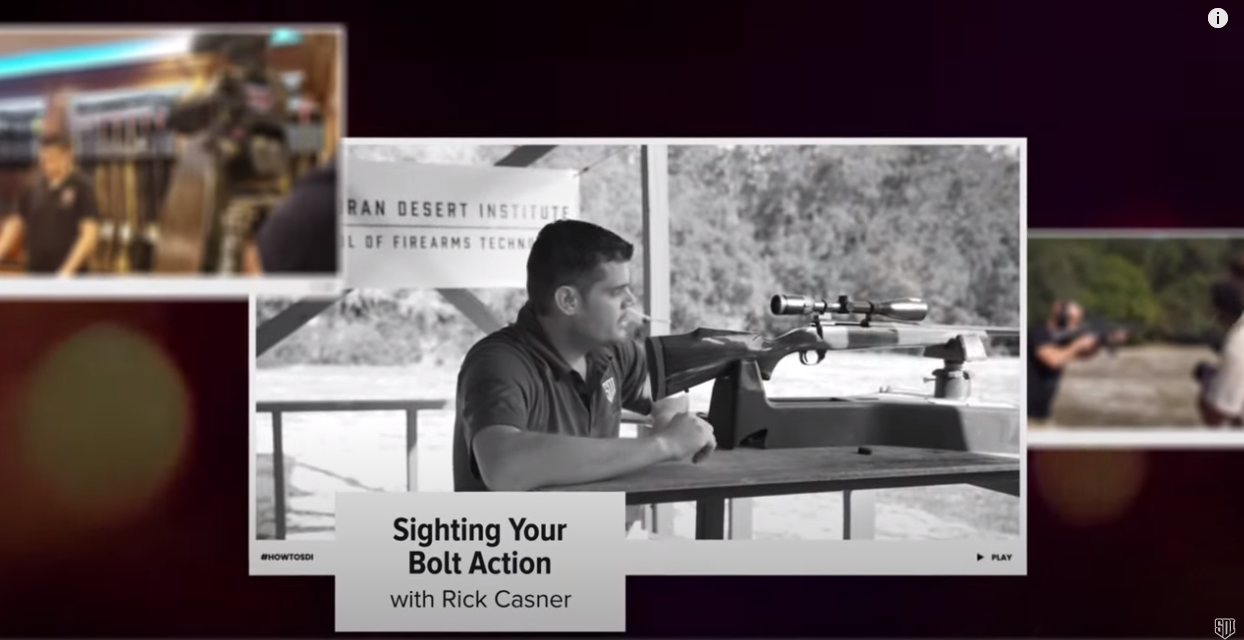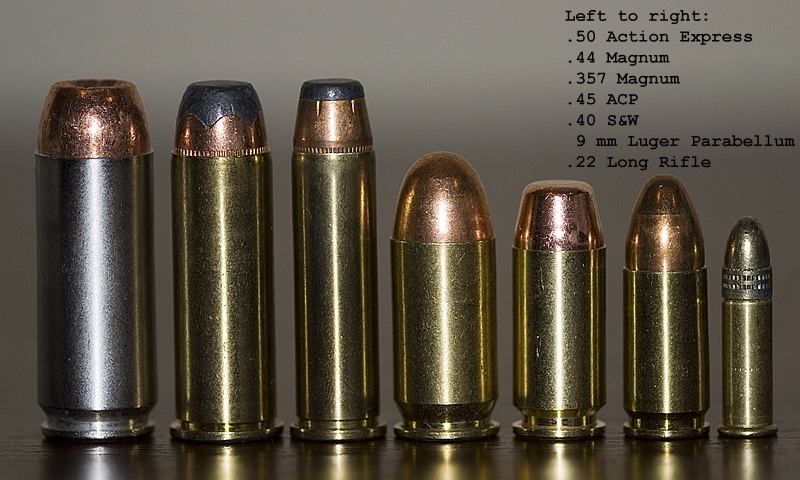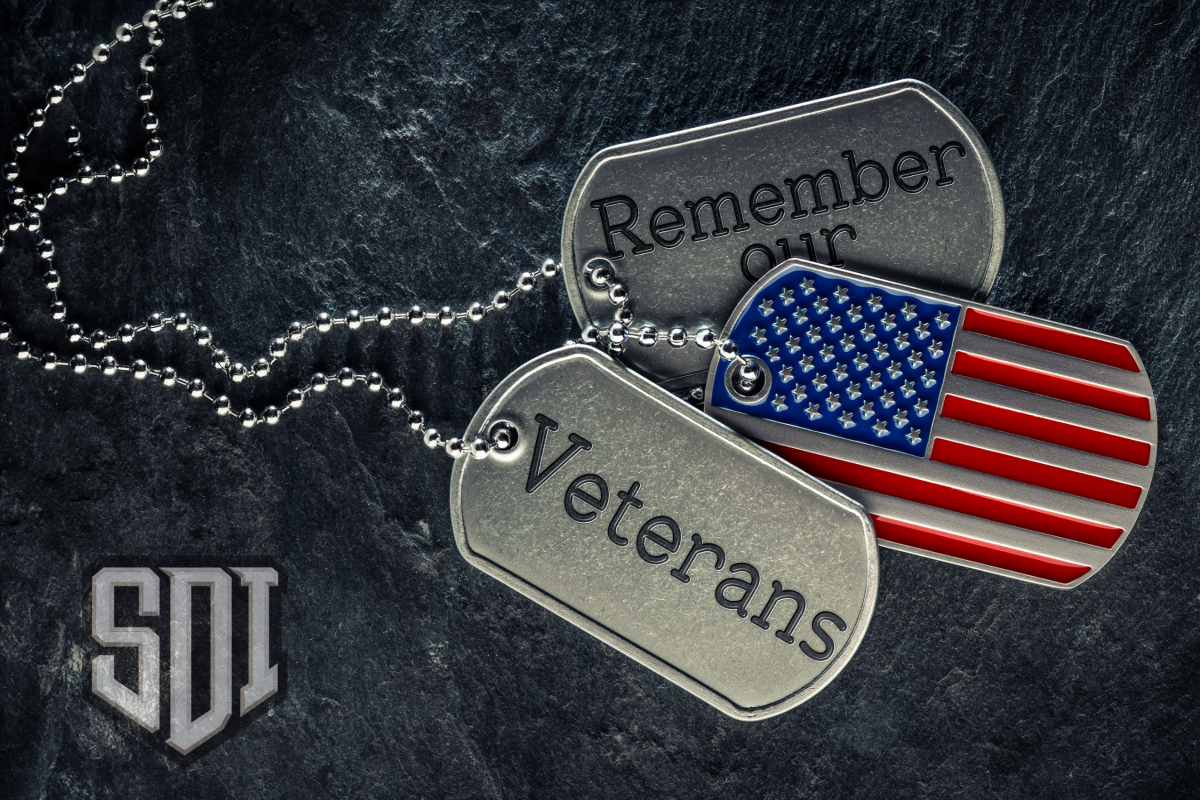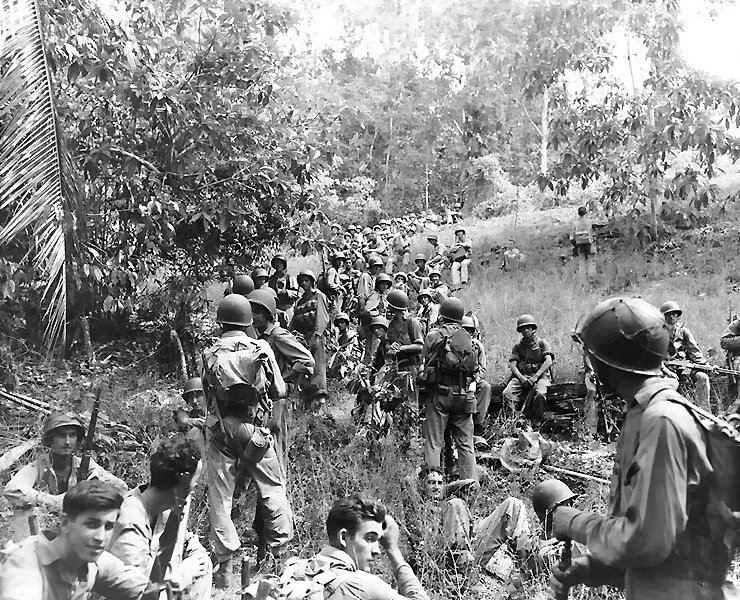
The Guadalcanal Campaign during World War II saw some of the most brutal battles of the whole war. But before we can dig into the actual campaign, I think it would be helpful if we first explored the context surrounding the battles. After all, large campaigns like what we saw in the later half of 1942 don’t exist in a vacuum. So let’s talk about the build-up to Guadalcanal.
Guadalcanal – The Island
In the Pacific Ocean, there exist numerous islands that all vary in size. Amongst these is the Solomon Islands, a series of islands near modern day Papua New Guinea. In the southern portion of this chain, we find the islands of Gavutu, Tanambogo, Tulagi, Florida Island, and Guadalcanal.
Guadalcanal itself, in this author’s opinion, resembles an exaggerated version of the state of Tennessee, but if it was flipped horizontally and had more curves to it. It is the largest island in the Solomon Islands. The middle of the island is very mountainous with a series of dense rainforests and swamps that divide its mountains from its beaches.
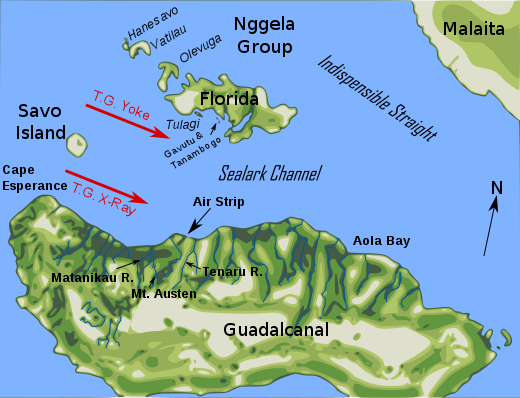
The islands of Gavutu, Tanambogo, and Tulagi all lay north of Guadalcanal, but just south of the larger Florida Island. Separating Guadalcanal from the rest of the islands north of it is a stretch of water called Savo Sound. It would eventually become known as Ironbotton Sound, a name that was certainly appropriate.
The deceptively beautiful islands would play host to bloody battles, terrible naval encounters, and a plethora of diseases. In fact, Guadalcanal would become known as “Starvation Island” by the Japanese before the end of the conflict. How did such a gorgeous place get swept up in the war? For that, we’ll need to go back a bit.
Pearl Harbor
The late 19th/Early 20th century saw powerful nations set up bases on the islands in the Pacific. By 1930, they knew that if war was to break out in the Pacific, it would be a war of bases. Fast forward to December 7, 1941 and war broke out in the Pacific. Of course, that date lives forever in American history.
When Japan attacked Pearl Harbor, it was devastating for the US. 3 battleships had been sunk, another battleship was turned over, and 4 others were badly damaged. 3 cruisers and 3 destroyers were damaged. 260 planes were destroyed. 3,000 men died.
Initially the US had planned that if war broke out in the Pacific, they would gather a large force and go on the offensive. Pearl Harbor altered their plans however, and now they would be forced to start mainly on the defensive.
Meanwhile, Japan’s two-part plan was to cripple the US Naval force as much as it could, as it was the only threat powerful enough to stop them in the Pacific. Part two involved capturing oil fields in Malaysia and in the East Indies, both of which were Allied property at the time. They would then form a defensive ring around their conquests by capturing other island bases.
3 days after Pearl Harbor, Japan would put this plan into action flawlessly. They captured bases and sank battleships, causing massive carnage wherever they went. By the end of the day, the Allies had no battleships in the Pacific while Japan had 11. The next day, Germany and Italy also declared war on the US.
The Japanese March On
Things didn’t get better. By the beginning parts of the new year, the Allies lost Wake Island, Hong Kong was captured, New Britain was invaded, and Rabaul, an important port, was seized by the Japanese. Rabaul would now become Japan’s main naval and air base in the southwest pacific.
By March, they also moved into modern day Indonesia, they took over thousands of islands (both big and small) between Australia and south Asia. This gave the Japanese much needed oil. Despite a few tiny successes here and there, things were looking grim for the Allied forces. Things were so shaky, that folks on the West Coast of the US feared a Japanese invasion.
The Japanese leadership never had a plan for invading the United States though. Their strategy was to demoralize the US early, thereby forcing the Americans to essentially give up on the war in the pacific. They felt that if war had lasted more than two years, their chances of winning would diminish as time would go on because of the might of US industry.
Their plan was working, but the Japanese had not been as satisfied as you might have thought. With signs of life still present in the US force, Japan needed to deal a knockout blow to the US. Admiral Yamamoto reckoned that if he could get the remaining American forces all in one place, the Japanese forces could overwhelm them. But with such a trap being fairly obvious, he had to force their hand by capturing something so valuable to the US that they would be forced to try and recapture it. Midway Island would do just fine.
Midway
The atoll of Midway was a very significant area to the Americans. It laid almost exactly halfway between Japan and the US, so it was geographically significant. There was lots of supplies and fuel stored at Midway, so it was logistically significant. There were also airfields with planes that spied on Japanese whereabouts so Midway was also of intelligence significance. Long story short, Midway was vital for the US. However, if it fell into Japan’s hands, it would spell disaster.
Yamamoto’s plan involved sending a small distraction force to the Aleutian Islands, while the main force would make their way to Midway. Once there, they’d have a portion of their force attack Midway through the air and another force attack on land to crush whatever defenders remained. The bulk of the force would then hang back. And like a monkey sticking his hand into a gourd for fruit, the US would then try to recapture Midway with all they had. The rest of the Japanese force would then swoop in to defeat the Americans.
Of course, if you are a fan of WW2 history, or just military history in general, you’re probably familiar with what went down at Midway.
The Japanese suffered a shocking defeat while the Americans enjoyed what was one of their first significant victories of the entire war. After Midway, there was a noticeable momentum shift in the Pacific. So far, it had been the Japanese on the offensive and the Americans scrambling what they had to defend. It is even said that many of Japan’s top officials realized that this could be the beginning of the end of their campaign. The might of US industry was one that could not be matched by the Japanese. Meanwhile, the Americans made plans to start their offensive.
American Offensive
Where would they start? The Solomon Islands seemed like a good place to start. But why there? For 3 chief reasons.
- The Japanese (who had captured that territory in that area) were certainly going to use it as a base for further attacks. Because the Solomon Islands lie just east of Papua New Guinea and PNG is just above Australia, if the Japanese had control over this area, they could cause havoc for the Allied forces that were traveling to and from Australia.
- By the same token, if in Allied control, it could be a launching pad for offensive strikes against the Japanese. Particularly the Japanese base in Rabaul (which lies in between PNG and the Solomon Islands).
- So far, the Solomon Islands weren’t heavy with Japanese forces.
Initially, the plan was to focus on invading the islands Florida, Gavutu, Tulagi, and Tanambogo. However, less than a month before the attack was to commence, they made a discovery. Reports came in that there was a Japanese force constructing an airfield on the island of Guadalcanal.
Once again, I should note that a strategically placed airfield was a dangerous thing. Clearly, the Allies would need to capture the airfield. And whoever had control of the airfield, for all intents and purposes, would have control of Guadalcanal.
Prepping For The Invasion
Overseeing the invasion of these 5 islands on the ground was Marine Corps Major General Alexander Vandergrift. He would be commanding around 19,000 men, made up of the First US Marine Division, the First Marine Parachute Battalion, and the First Marine Raider Battalion.
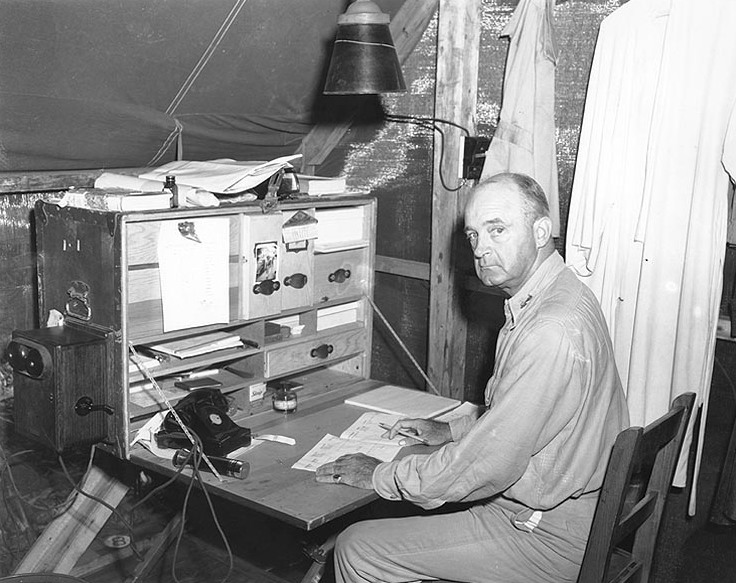
The Raiders were the Marines special-ops force led by Lt. Colonel Edson. They typically had three tasks. The first was to spearhead larger amphibious landings on beaches thought to be inaccessible. The second was to conduct raids requiring surprise and high speed. Lastly they were to operate as guerilla units for lengthy periods behind enemy lines. Edson, an incredible soldier in his own right despite being 64 at the time, had trained these men to be an efficient and effective fighting force.
Also in command were Vice Admiral Fletcher and Rear Admiral Turner. Fletcher would oversee the carriers, as well as the cruisers and destroyers protecting them. Turner was in charge of the cargo and transport ships, as well as the vessels protecting them. Most in charge estimated a total force of maybe 4,500-6,500 Japanese soldiers on all of the Solomon Islands, so there wasn’t concern that the new soldiers would have much trouble with the invasion.
With that all of the way, the invasion was set for August 7th. The date was fitting, as it was exactly 8 months removed from Pearl Harbor.
Keep your eyes open for the next part in our series on The Guadalcanal Campaign! Don’t want to wait for the next article? Check out our full podcast episode on Guadalcanal.

